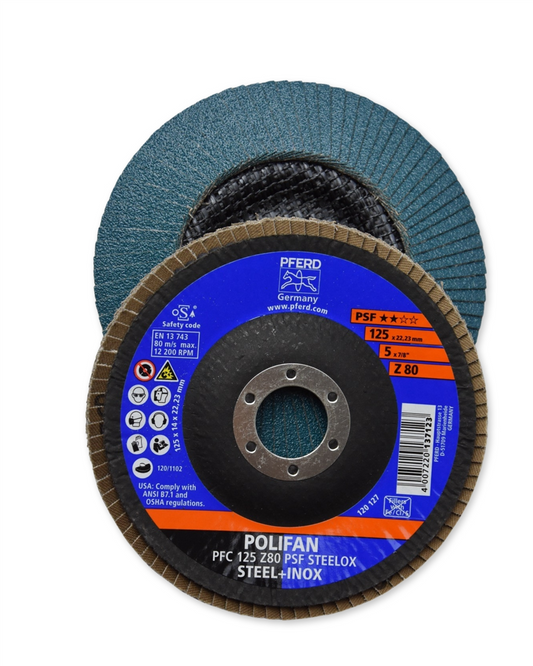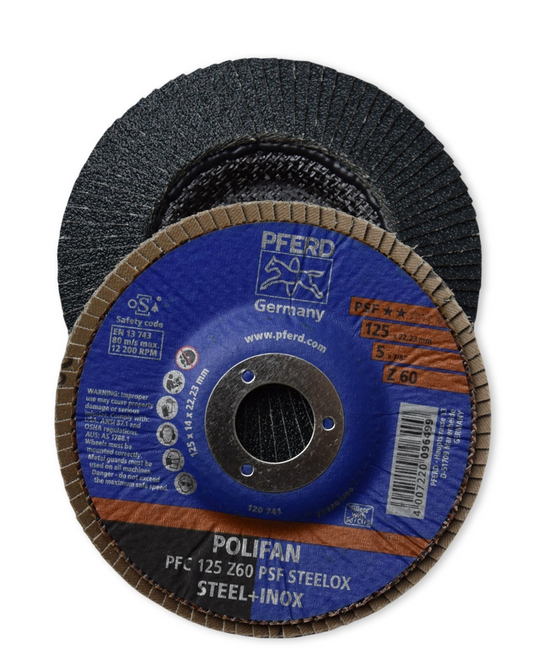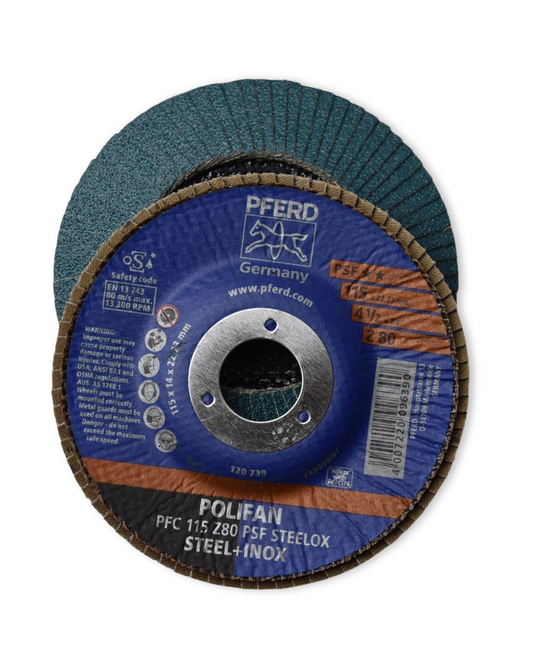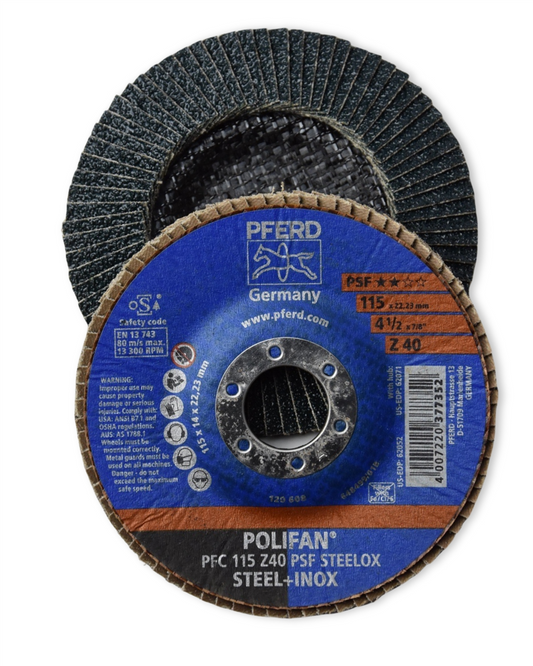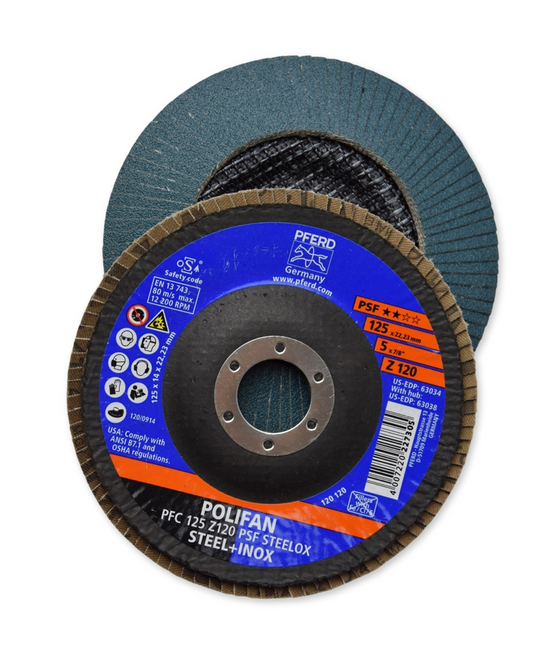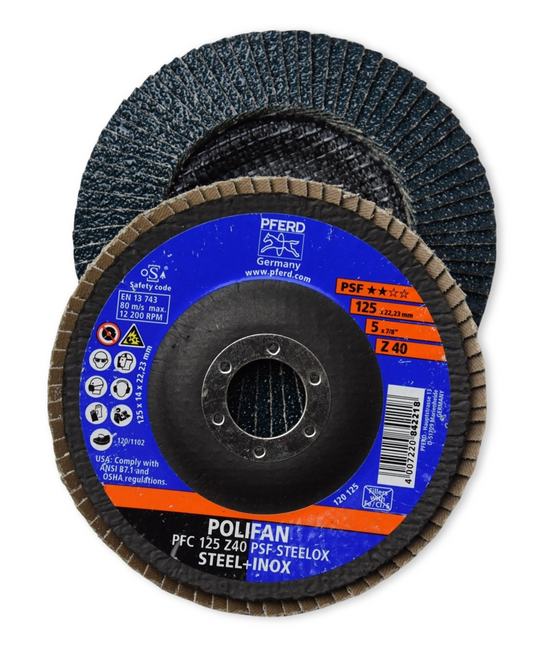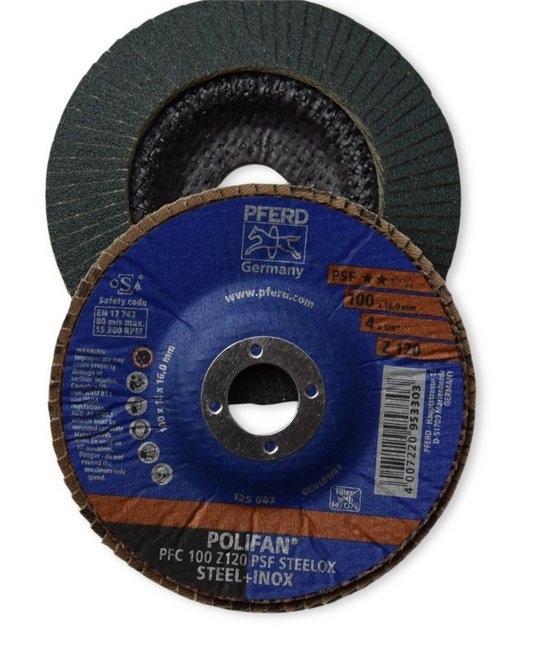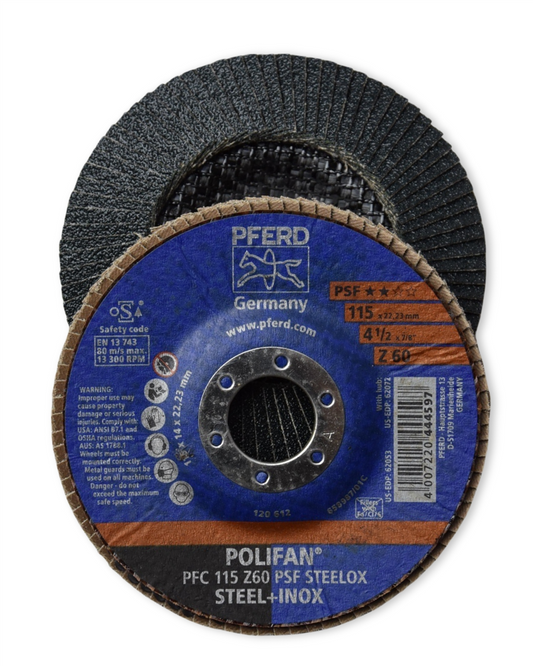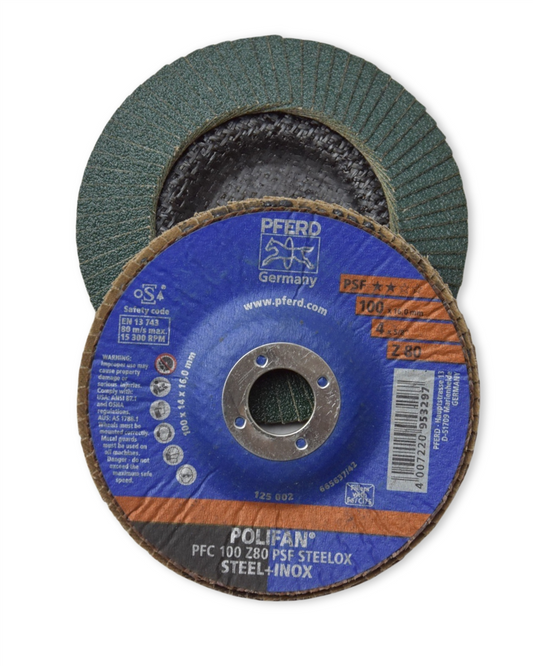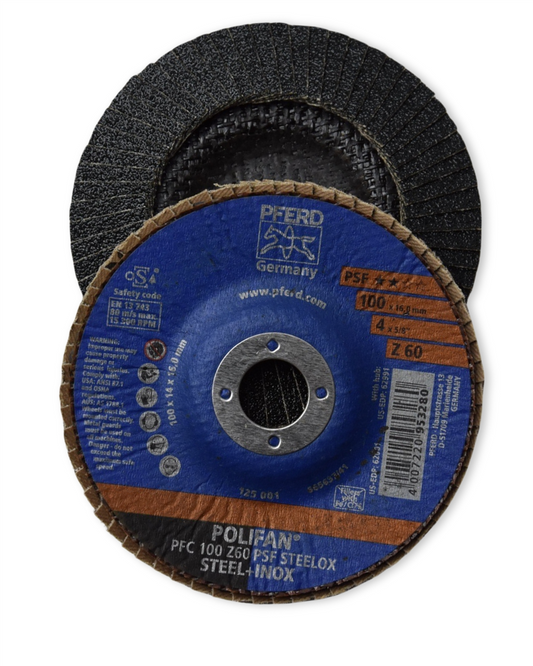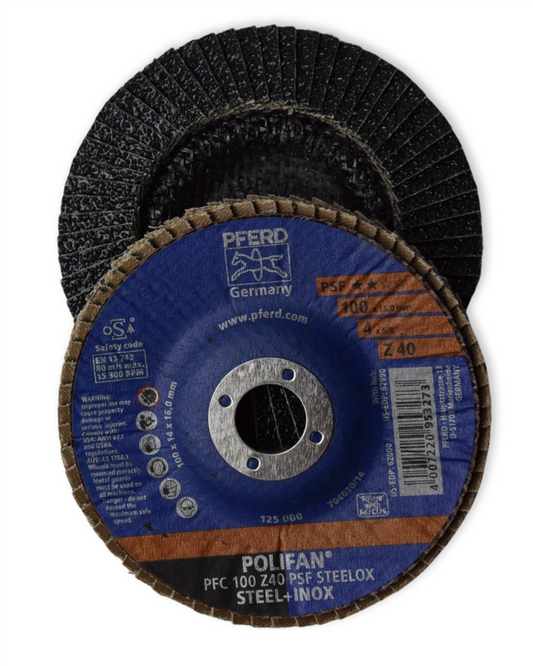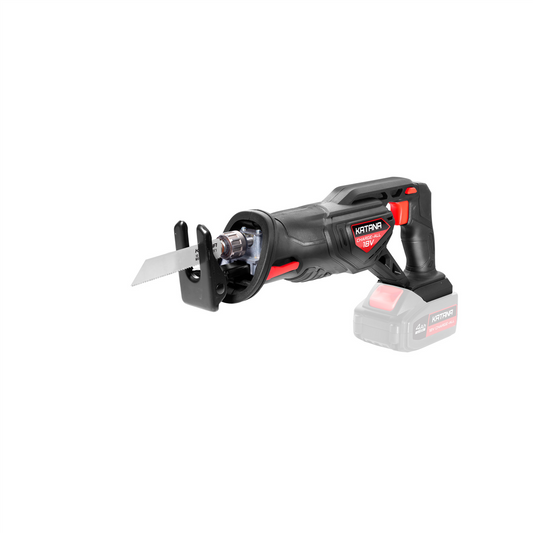The Best Hacksaws for Cutting Metal, Plastic, and Timber
Share
The Best Hacksaws for Every DIY Project
A good hacksaw is one of those tools that quietly proves its worth every time you need to slice through metal, plastic, or timber. It’s the trusty sidekick for fixing pipes under the sink, trimming dowels for a new garden bed, or cutting bolts to size. But with so many options on the market, how do you choose the right one? Let’s break it down and find the hacksaw that will become your new favourite tool.
What Makes a Great Hacksaw?
Not all hacksaws are created equal. The right one depends on what you’re cutting, how often you use it, and how much comfort matters to you (hint: it should matter a lot!). Here are the key features to consider:
- Frame Strength: A solid frame keeps the blade steady for precise cuts.
- Adjustable Tension: The ability to tighten the blade prevents wobbling and gives cleaner cuts.
- Blade Versatility: Some saws allow for different blade types, making them suitable for multiple materials.
- Comfortable Grip: If you’re tackling a big project, an ergonomic handle will save your hands from unnecessary strain.
Top Picks for Cutting Metal
When it comes to slicing through metal, you need a hacksaw with high blade tension and a sturdy frame. Here are two favourites:
- Heavy-Duty High-Tension Hacksaw: This one stores extra blades in the handle and lets you adjust tension up to 30,000 PSI for smooth cuts through steel, copper, and aluminium.
- Compact Mini Hacksaw: Perfect for tight spaces, this little beast gets into awkward spots when cutting pipes and bolts.
The Best Hacksaws for Plastic
Plastic cuts differently from metal. You want a fine-toothed blade that won’t crack or chip the material. Here’s what works best:
- Standard Hacksaw with a 24-TPI Blade: This general-purpose saw works for most plastic pipes and sheets, offering a balance of strength and flexibility.
- Junior Hacksaw: A smaller frame with a finer blade makes this ideal for detailed plastic cuts, like trimming PVC conduit for electrical jobs.
Top Picks for Timber Cuts
While traditional handsaws are often used for wood, a hacksaw can come in handy when working with thin or delicate pieces. Here are some good choices:
- Adjustable Frame Hacksaw: Works with various blade types, including those designed for timber.
- Bow Saw with a Multi-Purpose Blade: Some hacksaws come with adaptable blades, offering a cleaner cut through thin wooden dowels and small trims.
Choosing the Right Blade
The blade you choose is just as important as the saw itself. Here’s a simple breakdown:
- 18 Teeth Per Inch (TPI): Best for thick metal and rough cuts.
- 24 TPI: A great all-rounder, suitable for most plastic and medium metal cutting.
- 32 TPI: Ideal for fine cuts in thin metal and delicate materials.
Hacksaw Tips for Smoother Cuts
Want cleaner cuts with less effort? Follow these tricks:
- Let the blade do the work: Don’t force it. Steady, even strokes give the best results.
- Use the full length of the blade: Longer strokes reduce wear and make cutting easier.
- Keep your blade tight: A loose blade will wobble and make jagged cuts.
- Replace dull blades regularly: A fresh blade saves time and frustration.
Finding Your Perfect Hacksaw
Whether you need a hacksaw for home repairs, creative DIY builds, or serious workshop projects, picking the right one makes all the difference. Drop by Strathalbyn H Hardware and chat with our team to find the perfect fit for your needs!
Happy cutting!
Candeece

Stay Connected
Follow our Facebook Page: Strathalbyn H Hardware on Facebook

